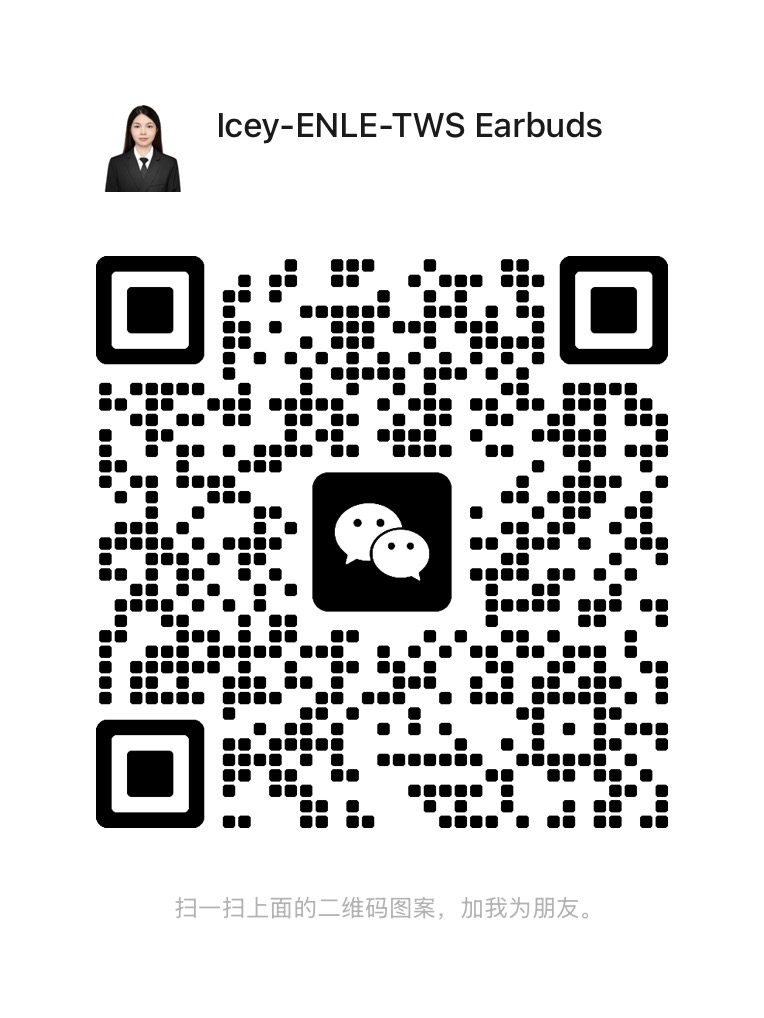bone conduction, how does it work
Bone Conduction: How it Works
We all hear sounds through both our bones (bone-conducted or bone-transmitted) and our eardrums (air-conducted or air-transmitted). Most sounds are heard by our eardrums. The eardrum converts the sound waves to vibrations and transmits them to the cochlea (or inner ear). However in some cases vibrations are heard directly by the inner ear bypassing your eardrums. In fact, this is one of the ways you hear your own voice. This is also how whales hear.
Ludwig van Beethoven, the famous 18th century composer who was almost completely deaf, discovered Bone Conduction. Beethoven found a way to hear the sound of the piano through his jawbone by attaching a rod to his piano and clenching it in his teeth. He received perception of the sound when vibrations transfer from the piano to his jaw. This has proven that sound could reach our auditory system through another medium besides eardrums and the other medium is our bones.
How We usually hear
Normal sound waves are actually tiny vibrations in the air. The vibrations travel through the air to our eardrums. The eardrums in turn vibrate, decoding these sound waves into a different type of vibrations that are received by the Cochlea, also known as the inner ear. The Cochlea is connected to our auditory nerve, which transmits the sounds to our brain.
How we Hear with Bone Conduction
Bone Conduction bypasses the eardrums. In bone conduction listening, the bone conduction devices (such as headphones) perform the role of your eardrums. These devices decode sound waves and convert them into vibrations that can be received directly by the Cochlea so the eardrum is never involved. The “sound” reach the ears as vibrations through the bones (or skull) and skin.
Benefit for people with hearing losss
Most cases of hearing loss are due to damages to the eardrums. Since bone conduction does not use the eardrums, people with hearing difficulties would be able to hear clearly again with bone conduction, provided that their cochlea is in healthy and normal condition.
Generally, hearing loss could be described into three categories. That would be conductive hearing loss, perceptive hearing loss and mixed hearing loss. Conductive hearing loss is associated with faulty transmission of sound and is mostly due to damages to the eardrums. Bone conduction is able to aid a conduction hearing loss because a bone conduction device performs the role of the eardrums. Perceptive hearing loss is associated with difficulty in sensing the vibrations by the auditory nerves at the cochlea. Bone conduction is less effective for perceptive hearing loss. As for mixed hearing loss, it is best to suggest a trial in advance to find out whether bone conduction could be an aid to mixed hearing loss because it differs among individual.
